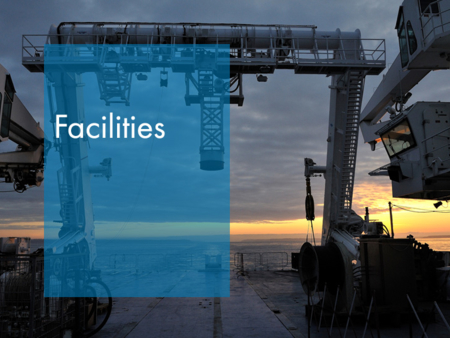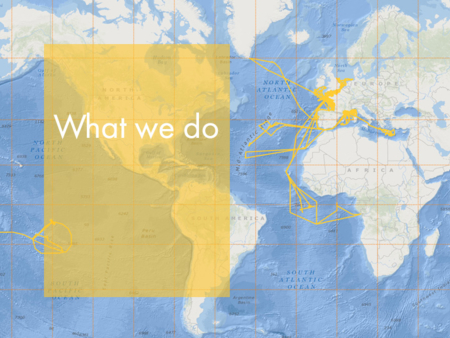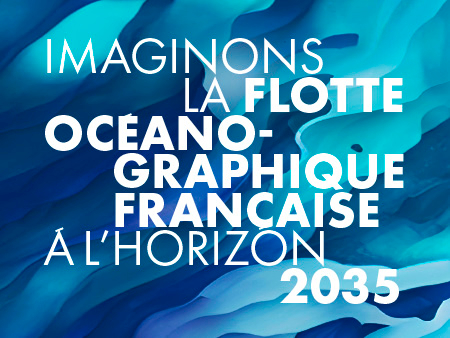2.3. Public service constraints
The fields that are subject to specific demands from state services nowadays are fisheries and the needs linked to the common fishing policy (CFP), the WFD, the MSFD and exploitation permits, and reconnaissance needs for the continental shelf and beyond.
2.3.1. Fisheries
For CFP needs, the current volume of campaign days is 220 days. This volume will remain identical over the coming years, if the financing conditions are not modified and if a replacement solution can be found for the Gwen Drez/Thalia pairing. In fact, if the European Commission commits to calls for tenders rather than using the FOF, this number could drop (as well as the funding). This would also imply loss of capacity for campaigns covering MSFD needs (currently carried out via optimised public interest campaigns).
2.3.2. Water Framework Directive (WFD)
For the WFD/ecological status, use of station vessels is specifically suitable for benthos, sometimes complementing Haliotis. For the WFD/chemical status, coastal vessels like Thalia or Europe are requested.
Annual WFD needs are around 16 days on station vessels and 10 to 15 days on in-shore vessels.
2.3.3. Marine Strategy Framework Directive (MSFD)
Fish and cephalopods: within the framework of the MSFD, it is envisaged to create new coastal pelagic and demersal campaigns. For the Channel, professional vessels are already being used (around ten days per year). From 2018 onwards, an APP coastal campaign will be put on for 15 to 20 days per year;
- Benthic habitats (BH) and seabed integrity: for surveillance subject BH1 (distribution of the BH from the bathyal stage/regional approach), the specific need in number of days remains to be defined. Surveillance subject BH2 (distribution of the BH from the deep-ocean floor stage) is not used in an initial MSFD phase;
- Pelagic habitats (PH): The need for dedicated campaigns (in seasons not sampled by fishery campaigns), is 2 campaigns per year and per shore, lasting 12 days per campaign in the Channel, 12-15 days per campaign in the Atlantic, 12 days per campaign in the Mediterranean, namely 70/80 days of in-shore or intermediate vessels.
- Commercial species: campaign optimisation for MSFD surveillance needs lies in WDF campaigns for stock evaluation: IBTS, PELGAS, MEDITS, PELMED, CGFS and EVHOE;
- MSFD monitoring (waste, birds, marine mammals, gelatinous, noise, etc.) is also counted in the 220 days of open-sea campaigns dedicated to open-sea data collection within the CFP framework.
- Hydrographic changes: the “Hydrographic changes” surveillance programme envisages the extension of a “benthic cage” network, set up in its minimum 8-cage configuration (2 per marine sub-region). The benthic stations must be brought up and replaced every 3 to 4 months to collect the data and perform sensor maintenance. The need in number of days at sea is estimated at 32 days not including transit.
- Contaminants: deployment of SELI-MED/LOIRE/SEINE campaigns – need for 10 days per year on a coastal vessel, subject to water agency funding.
Regarding MSFD needs, in conclusion: the work to identify days at sea was not fully completed. Questions remain regarding issues such as what type of vessel is necessary for each campaign. The possibility of campaign optimisation has not been studied either and the funding has not really been completely identified.
Nevertheless, the trend towards a very strong increase in needs for days at sea is undeniable. This increase relies on FOF resources, in terms of vessels and budget.
2.3.4 Continental shelf mapping
For around fifteen years, the FOF has ensured public service data acquisition missions for the Extraplac project in order to work alongside the United Nations Commission on the Limits of the Continental Shelf (CLCS) to prepare the French continental shelf demands beyond 200 m. The Extraplac project will no longer request a new campaign.
2.3.5 AIFM exploitation permit (nodules and sulphurs)
Concerning the “Atlantic” exploration permit, France has committed to carrying out three 50-day exploration missions on an ocean-going vessel (one every five years). The first campaign will take place in March 2017 on the Pourquoi Pas? (HERMINE campaign). At least two campaigns therefore remain to be run in the zone by 2029.
2.3.6 SHOM positioning
For SHOM hydro-oceanic needs and its SOLAS obligations, the SHOM identifies the needs of a hydro-oceanographic coastal vessel to be 100 days per year (90 for the Atlantic Channel shore and 10 for the Mediterranean).
This further need to meet Public Service demands (not FOF funded), notwithstanding the need to find funding for it, can attain between 100 and 150 days of coastal vessels or in-shore vessels per year.




